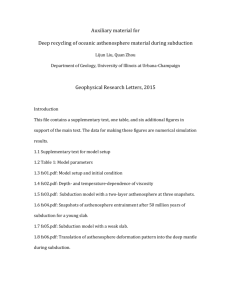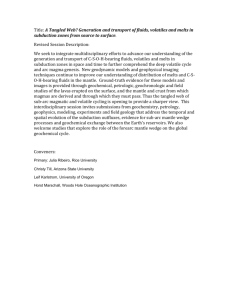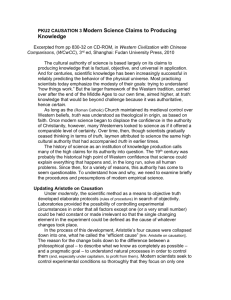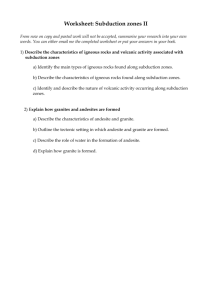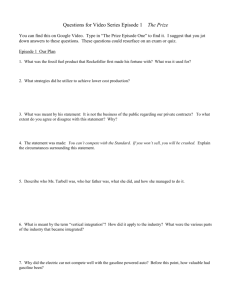06-P-026
advertisement
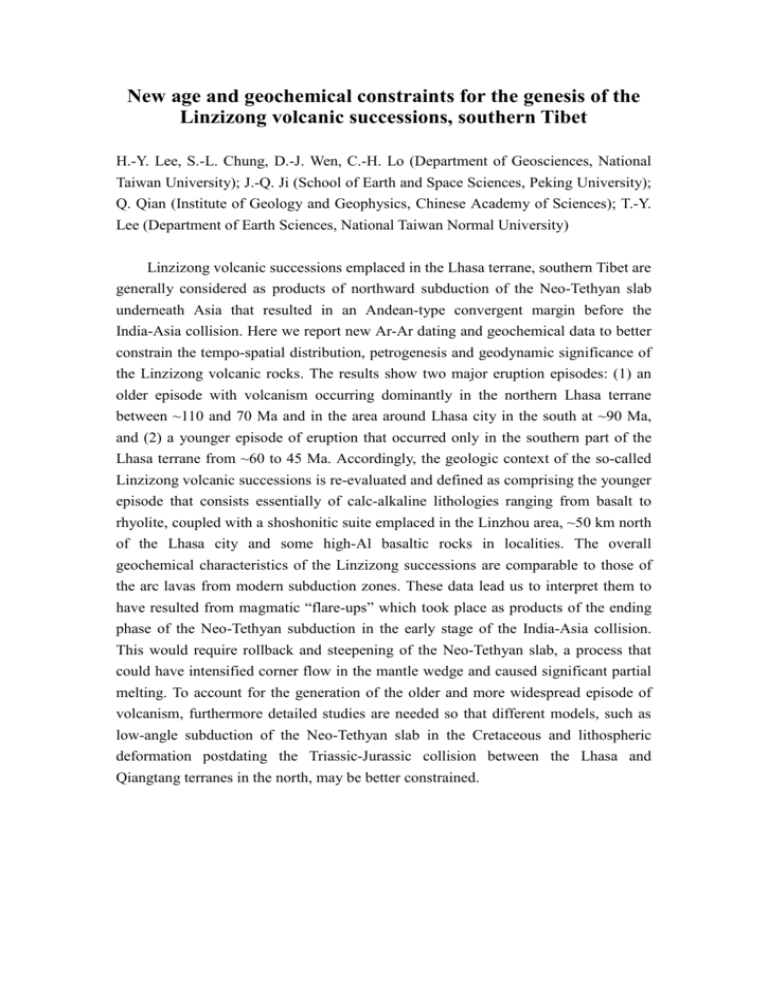
New age and geochemical constraints for the genesis of the Linzizong volcanic successions, southern Tibet H.-Y. Lee, S.-L. Chung, D.-J. Wen, C.-H. Lo (Department of Geosciences, National Taiwan University); J.-Q. Ji (School of Earth and Space Sciences, Peking University); Q. Qian (Institute of Geology and Geophysics, Chinese Academy of Sciences); T.-Y. Lee (Department of Earth Sciences, National Taiwan Normal University) Linzizong volcanic successions emplaced in the Lhasa terrane, southern Tibet are generally considered as products of northward subduction of the Neo-Tethyan slab underneath Asia that resulted in an Andean-type convergent margin before the India-Asia collision. Here we report new Ar-Ar dating and geochemical data to better constrain the tempo-spatial distribution, petrogenesis and geodynamic significance of the Linzizong volcanic rocks. The results show two major eruption episodes: (1) an older episode with volcanism occurring dominantly in the northern Lhasa terrane between ~110 and 70 Ma and in the area around Lhasa city in the south at ~90 Ma, and (2) a younger episode of eruption that occurred only in the southern part of the Lhasa terrane from ~60 to 45 Ma. Accordingly, the geologic context of the so-called Linzizong volcanic successions is re-evaluated and defined as comprising the younger episode that consists essentially of calc-alkaline lithologies ranging from basalt to rhyolite, coupled with a shoshonitic suite emplaced in the Linzhou area, ~50 km north of the Lhasa city and some high-Al basaltic rocks in localities. The overall geochemical characteristics of the Linzizong successions are comparable to those of the arc lavas from modern subduction zones. These data lead us to interpret them to have resulted from magmatic “flare-ups” which took place as products of the ending phase of the Neo-Tethyan subduction in the early stage of the India-Asia collision. This would require rollback and steepening of the Neo-Tethyan slab, a process that could have intensified corner flow in the mantle wedge and caused significant partial melting. To account for the generation of the older and more widespread episode of volcanism, furthermore detailed studies are needed so that different models, such as low-angle subduction of the Neo-Tethyan slab in the Cretaceous and lithospheric deformation postdating the Triassic-Jurassic collision between the Lhasa and Qiangtang terranes in the north, may be better constrained.
